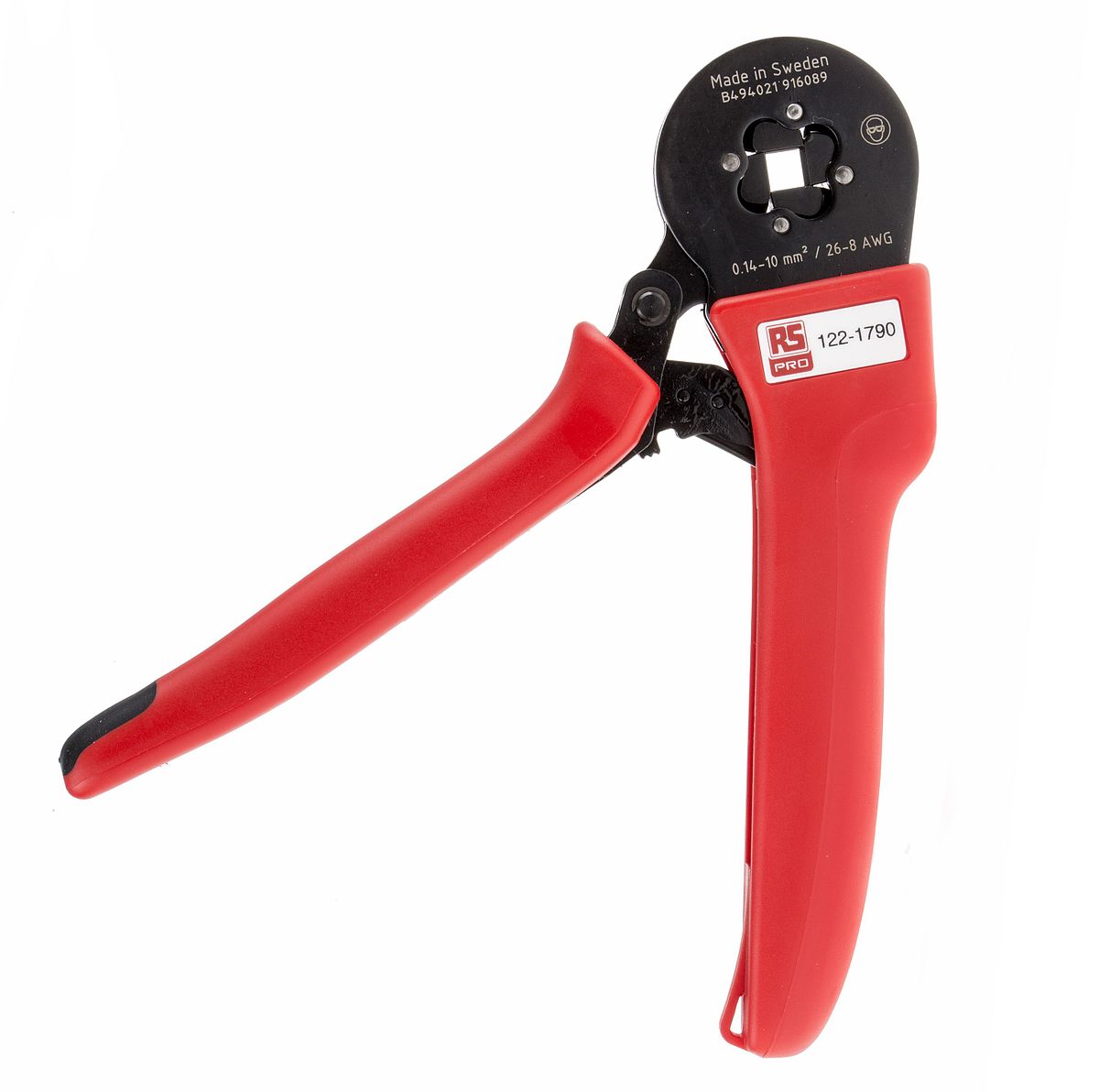Steve and Denise
LIFE MEMBER
I am in the process of adding two more batteries and have all the gear ready 35 mm sq cable and ends I have a hydraulic crimper the question is are you to put any thing on the copper wire before crimping ie to stop corrosion.






